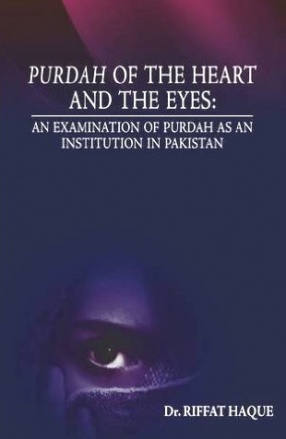
Sang-E-Meel Publications

Showing all 24 books

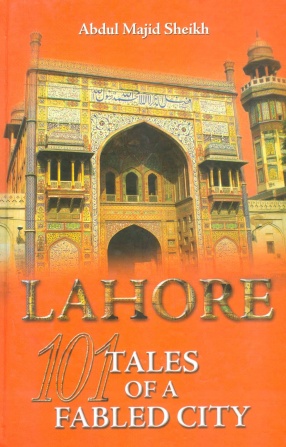
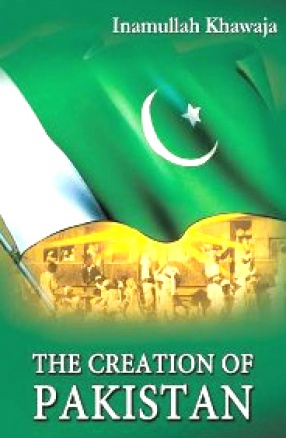

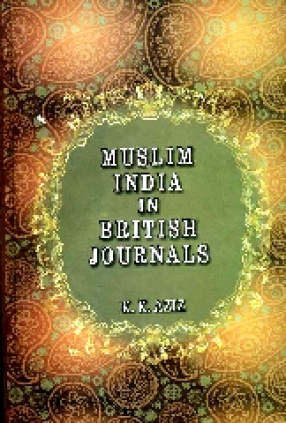

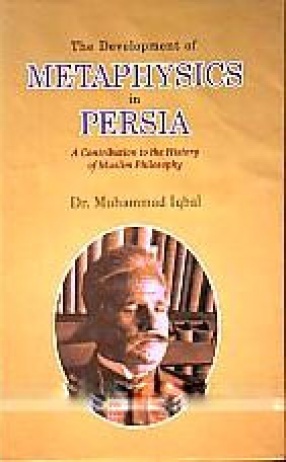
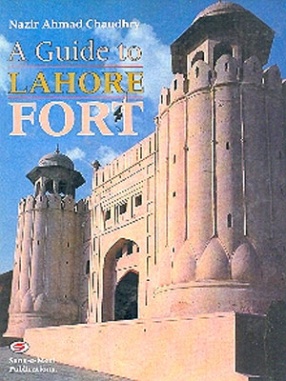
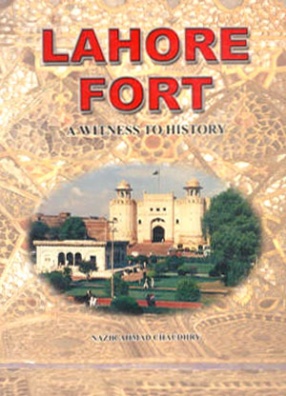

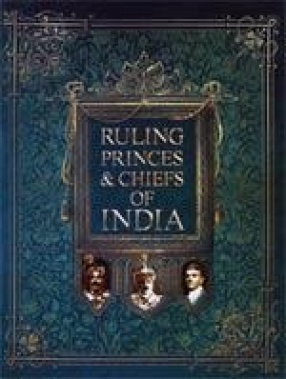
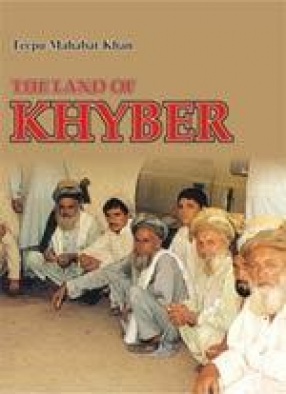
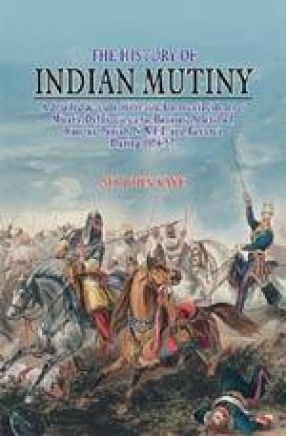
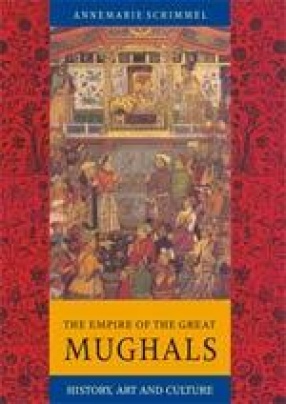
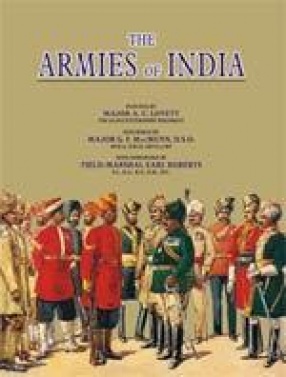
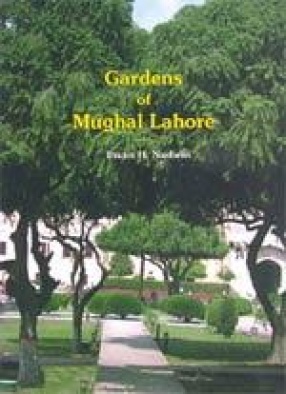
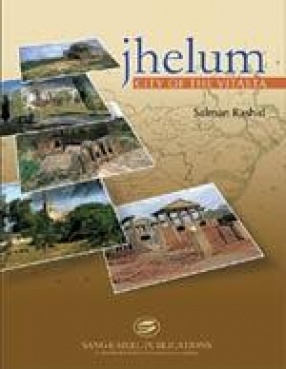
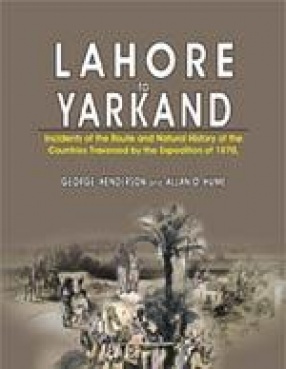
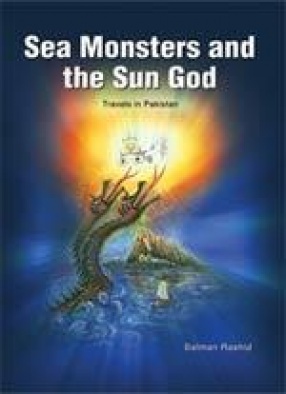

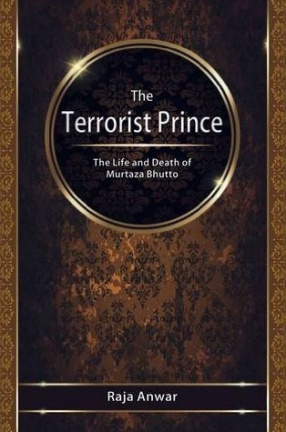

The stories are endless, for Lahore is that one ancient city of the sub-continent mentioned in the Ramayana and the Mahabharata. It was the city the Moghals loved most leaving behind there almost half of the historic monuments of that age. It was also the place where the British collected to retake Delhi in the Mutiny of 1857. One outcome of this turmoil was the invention of the Club Sandwich, produced by the thousands in military canteens as men collected to ...




The book brings forth and promotes the Taxila Museum which holds extremely important and valuable objects and specimen representing the regional culture extensively.

Al-Mansurah, historically, was the first Arab city established in the Indian subcontinent between 728-37 AD. It remained the principal Arab metropolis and a major centre of trade and culture till an earthquake in the 12th century destroyed it. This book tries to show how this city, now in the Sind Province in Pakistan, turned out to be a nucleus of Islamic Culture in the entire Islamic world, more specially in the subcontinent. Offering an in-depth analysis of ...


The book in hand contains descriptions of the main buildings in their historical perspective & necessary details of their architectural characteristics which should be of interest to the visitor to the fort.


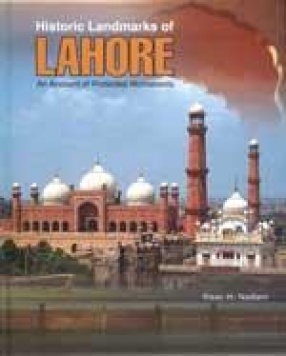

It is well that the world should be told something of the Indian states, for the world knows very little about them, even less than it knows about British India. Like the good wife of the classics nothing is ever heard of these Indian states. It falls appropriately to the Times of India to undertake the task. Its pages and publications have already given the most vivid and well informed chronicles of important tours made through the states. Bombay, the gate of ...
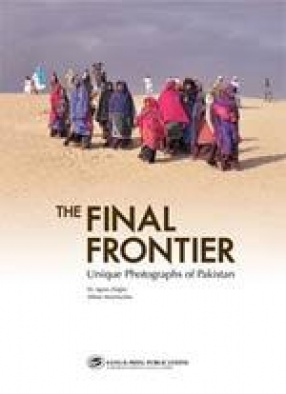
A truck is to Pakistan what a Jeepny is to the Philippines. After the Second World War the American forces occupying the Philippines left behind hundreds and thousands of jeeps on this pretty island country. The innovative Filipinos turned that khaki hardware into a piece of art by painting gaudy colours and decorating the jeeps with chrome wheel caps, stainless steel horse statues on the bonnets, fancy steering wheels, colourful hard tops and comfortable seats. ...

Khyber, its valley and its people have fascinated many a wanderer, adventurer and poet through the ages. This strange fascination with the land dates back to some of the earliest days of recorded history. The name Khyber, in its own right, has been a source of inspiration for many. The strategic location of the valley as a gateway to the Indian subcontinent does not fully speak of the universal and powerful presence and appeal of this “formidable terrainâ€. A ...

Prime Minister Atal Bihari Vajpayee during his last visit to Islamabad had proposed that India and Pakistan should make preparations to jointly celebrate the 150th anniversary of the 1857's 'War of Independence' in 2007. The proposal was simply ignored as nobody seemed to have any sort of interest in remembering the great uprising of the 19th century when religions of both the main communities of Indian population, Hinduism and Islam, had joined hands for the ...
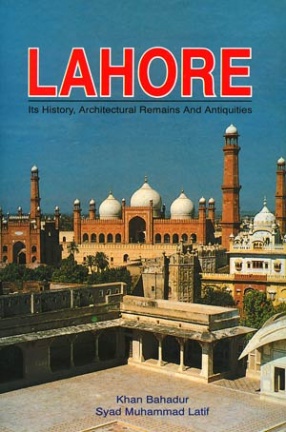
The book under review was first published in 1892 by the New Imperial Press, Lahore. Before that some half-hearted attempts were made to write the history of Lahore. A work of reference called A Brief Account of the History and Antiquities of Lahore was published in 1873 by T.H. Thornton. Subsequently, a revised addition of this book, co-authored with J.L. Kipling, principal of the Mayo School of Arts (presently National College of Arts) was published in 1876. ...

This book paints a vivid picture of life at the Mughal court, and its impact on religion, lifestyle, language and literature Under the Mughals, all forms of literature flourished, from poetry and popular Sufi verses to learned prose and historiography. Sixteenth and early 17th century literature in the Persian language is relatively well-known and the historical works of that period have long since been studied. However, there has been a tendency to overlook the ...

Much has been written about the British rule in India and the multifarious effects – some bad, some not so bad -- it had on the locals, and the various developments it led to in terms of infrastructure and institutions. But what is generally available on bookshelves presents the native view, be it in favour of the Raj or against it. The British view, though expressed in volumes over the years, is not readily available to the average reader. The book in hand has ...

The tradition of gardens must have been passed on to us from ancient civilizations but realistically speaking, as far as Lahore is concerned, there is hardly any mention of gardens in history prior to the Mughal era... The time span before the Ghaznavi period has, if any, just hypothetical references. Starting from Mahmud of Ghazni’s reign, there were only around six gardens pertaining to different periods in the annals of the city. The first among them was the ...

THE sons of Jhelum tell stories regarding the name of their town and the river that give their district its name. The favourite among these, and also the most widely believed, is that Jhelum was the name of a horse owned by that most celebrated of all classical warrior kings, Alexander of Macedonia. Jhelum was the horse, it is said, that had carried the young king across the world on his enviable career of conquest and glory. According to this legend, the ...

The Lahore to Yarkand expedition is probably the first of its kind undertaken through the harsh, mountainous, unbeaten route through Kashmir and onwards. There was little known about Yarkand before this. Its climate, the customs and mannerisms of its inhabitants, fauna and flora were unexplored until 1848 when Dr Thomson, an Englishman, examined its botany as far as the crest of the Karakoram mountains. In 1857 Schlagintweit, the first European, who travelled to ...

Salman Rashid takes you on a journey through the hills, wooden balconies and picturesque towns of Pakistan Safed Koh — White Mountain, once glistened with snow the whole year round. The mountain is so named, wrote Babar the Mughal, “because its snow never lessens.†Having made himself master of the Kabul valley in 1504, Babur described the range as running south of Ningarhar (Afghanistan) dividing that province from the country of the Bangash Pakhtoons. ...
